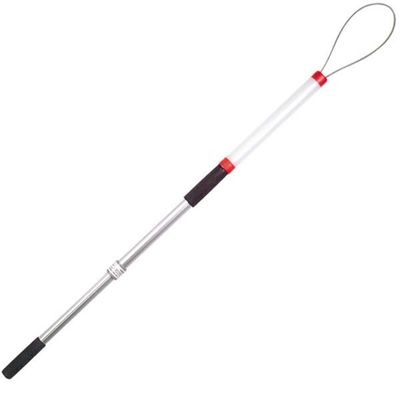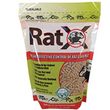Description
An animal snare is a device used to trap or catch animals. It is typically designed to immobilize the animal's movement or restrain it until the trapper can come and retrieve it. Animal snares have been used for centuries by hunters, trappers, and researchers for various purposes such as hunting, pest control, wildlife management, and scientific study.
The basic structure of an animal snare usually involves a loop of wire, cord, or other material that tightens when the animal enters or steps on it. The loop is usually attached to an anchor point, such as a tree or stake, and may be set at ground level or suspended in the air depending on the target animal and the desired trapping method.
Animal snares can be constructed in different ways depending on the specific purpose and the type of animal being targeted. They can be simple and rudimentary, made with readily available materials in a survival situation, or they can be more sophisticated and designed for specific animal species.
It is important to note that the use of animal snares can be regulated or prohibited in certain areas and under specific circumstances to prevent cruelty or protect endangered species. If you are interested in using animal snares for any purpose, it is crucial to familiarize yourself with local laws and regulations governing trapping and hunting to ensure ethical and legal practices.
- Purpose: Animal snares are used to trap or catch animals for various purposes, including hunting, pest control, wildlife management, and scientific research.
- Design: Animal snares typically consist of a loop made of wire, cord, or similar material that tightens around an animal when it enters or steps on it. The loop is attached to an anchor point and may be set at ground level or suspended in the air.
- Types: There are different types of animal snares designed for specific purposes and target animals. They can vary in size, material, and mechanism, depending on factors like the size and strength of the targeted species.
- Regulation: The use of animal snares may be regulated or prohibited in certain areas and circumstances to prevent cruelty or protect endangered species. It is important to understand and comply with local laws and regulations governing trapping and hunting.
- Ethical considerations: The ethical use of animal snares involves minimizing suffering and ensuring humane treatment of trapped animals. Trappers should check snares frequently to minimize distress and promptly dispatch trapped animals to prevent prolonged suffering.
- Safety: When setting animal snares, it is essential to consider the safety of non-target animals, including domestic pets or protected species. Proper placement, monitoring, and knowledge of local wildlife are crucial to prevent unintended captures.
- Alternative methods: In some cases, alternative methods such as live trapping or non-lethal wildlife management techniques may be more appropriate and effective, particularly when dealing with nuisance animals or endangered species.
Remember, responsible and ethical use of animal snares requires knowledge, understanding, and compliance with applicable laws and regulations, as well as consideration for the well-being of both target and non-target animals.





